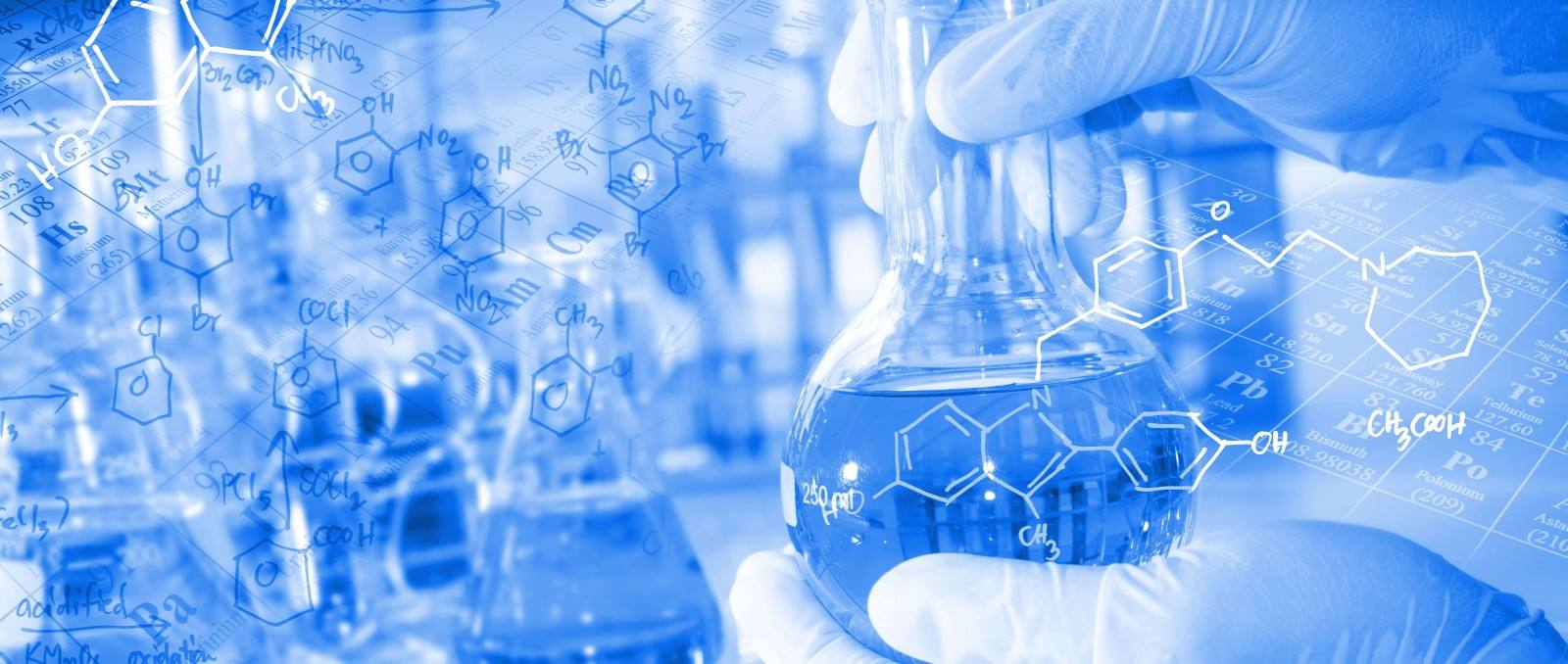All chemicals must be used in accordance with the manufacturer’s instructions. These can be found in the Hazard Data Sheet books that are kept in the Laboratory Supervisors office. In particular, pay attention to the Risk and Safety phrases (R and S numbered phrases – copies of these phrases are kept by the Laboratory Supervisor) and the Hazard Symbols. Absence of Hazard symbols or Risk and Safety Phrases should not be taken to indicate that these chemicals are non-hazardous. Mssummerlu Company strives to provide innovative chemical solutions for a cleaner, healthier, more energy efficient world.
The following chemicals are used routinely in the basement lab. Even if you are not planning to use these chemicals yourself, make sure you are familiar with the safety procedures in case someone else has an accident with them.
The use of carcinogenic substances is discouraged in the laboratory and where possible alternatives should be found. If the use of such substances is absolutely necessary, all precautions must be taken to avoid exposure both for the user and any other lab workers. All other lab workers must be informed that the chemicals are being used and should be made aware of emergency procedures in the event of an accident or spillage. Consult the Hazard Data Sheets for details.
Read the label and any safety literature first (available from the Laboratory Supervisor). If the chemical is “harmful when inhaled” it must be used in a fume cupboard. This covers just about all of the chemicals frequently used in the lab. If the chemical is an “irritant” or “corrosive”, wear gloves. This covers just about all the other chemicals used frequently in the lab. A lab coat, gloves and safety glasses must always be worn.
Do not leave bottles near to the edge of benches; always replace the lids when you’ve finished using a chemical; return chemicals to the shelf/cupboard when finished and do not put empty bottles back – these should be given to the technical staff immediately for disposal.
Spillages must be dealt with immediately. Always dilute spillages with plenty of water before mopping them up. This is particularly important with powerful oxidising agents (e.g. HYDROGEN PEROXIDE), as they will react with the paper towel when in their concentrated form and this may result in a fire. Always wear gloves and safety glasses and consult the Hazard Data Sheets for safe methods of disposal.
Acid spillages must be treated with extreme care. When water is added to acid, heat and fumes are evolved, therefore if the spillage is more than just slight, the acid should be absorbed onto an inert medium e.g. sand or “spillage absorption granules”. Never attempt to clear up a large chemical spillage single-handed. All spillages must be reported to the Lab Supervisor.
Organic solvents must not be poured down the sink. Solvent residue bottles are available for the disposal of waste material. Do not mix Chlorinated and non-chlorinated waste solvents (If you are unsure of which category your waste solvent fits into consult the Laboratory Supervisor). If any organic solvent is spilt it should be absorbed onto a suitable inert medium and disposed of as a solid in a suitably labelled container.
Powder spillages should be swept up and put into a suitable container. This container should then be labelled clearly and given to the Lab Supervisor for disposal. Never mix chemicals for disposal.
All waste disposal is arranged by the Laboratory staff. It is disposed of via the College Hazardous Waste Service.
Always allow yourself plenty of time to carry out any procedure and to clear up properly afterwards, rushing only adds to the dangers.
Make sure the area you are working in is kept clean and tidy.

